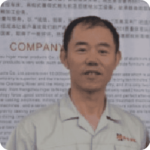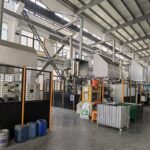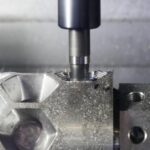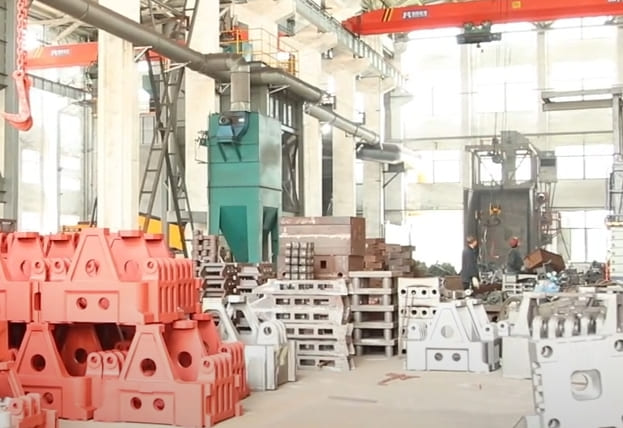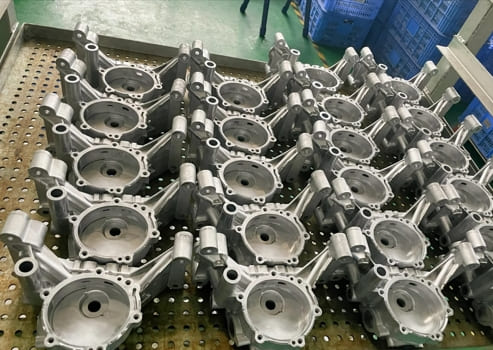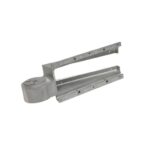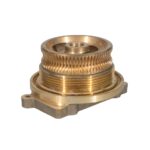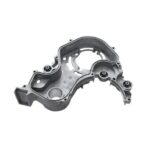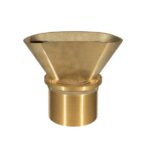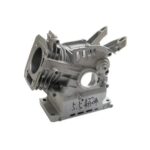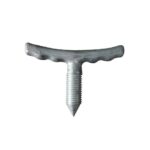Heat checking is a pattern of fine cracks that develops on die-cast surfaces, starting as small pits that expand and eventually lead to internal casting cracks.
Over time, these cracks can deepen and result in visible surface cracks.
Heat checking is a common issue in die-cast parts, particularly those made of steel, though certain aluminum alloys are also susceptible.
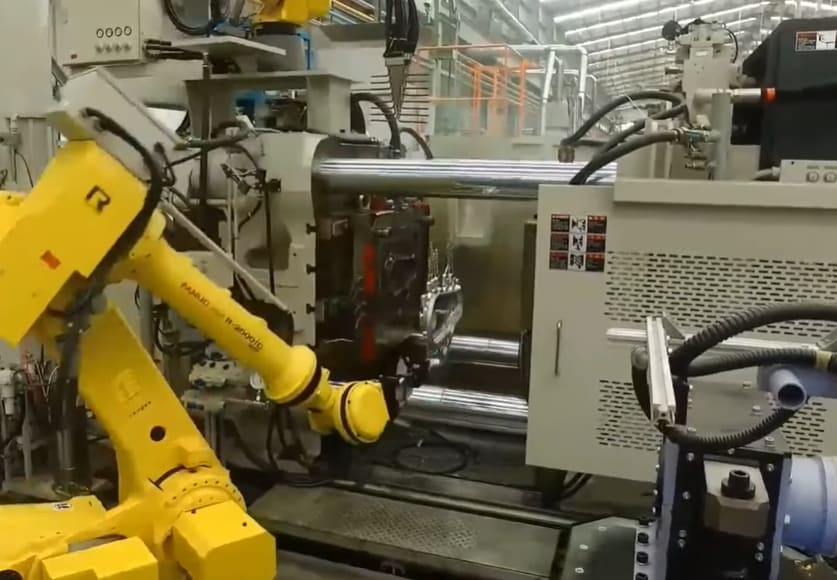
Since it can impact the entire cross-section of a casting, taking preventive measures is essential. This article outlines the causes, effects, and potential solutions for die-casting heat checking.
Souces of Heat Checking
The main cause of heat checking is thermal fatigue, which stems from the constant heating and cooling cycle during the die-casting process.
Molten metal alloys raise the temperature of the die, while the mold lubricant cools down the casting. This alternating cycle of temperature creates excessive heat within the system.
The process involves a complex interaction of compressive stress temper resistance, soaking time, and yield strength.
Essentially, overheating drives thermal stresses beyond safe limits, leading to fatigue that weakens the die-cast.
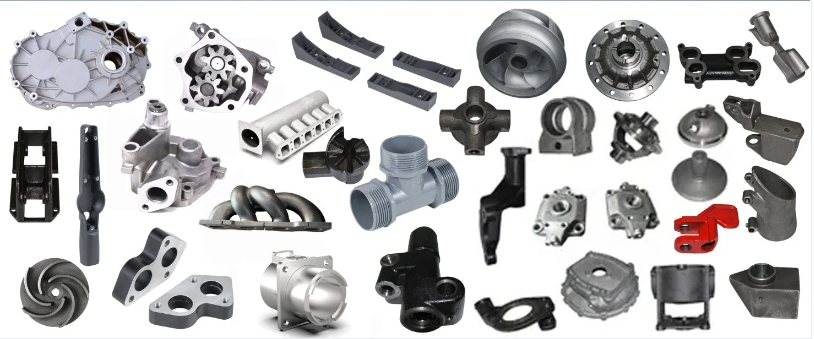
However, the properties of aluminum alloys play a significant role in controlling most causes of overheating.
Modern die-casting methods have shorter cycle times, which can increase thermal stresses. Thus, improper or unfavorable casting arrangements can further affect the thermal cycle.
Imbalanced carburization can lead to early heat checks in die casts.
It is crucial to avoid excessive carburization or decarburization at all times, as this can decrease the metal’s fracture toughness and increase its susceptibility to thermal stresses.
Impact of Heat Checks in Die Casting
Metal parts with severe defects are challenging, if not impossible, to repair or remove. As the problem persists, it only exacerbates over time. The following effects can be noted:
- A network of cracks compromises the part’s integrity, usability, strength, ductility, and toughness.
- Production costs increase due to the need for additional rework or remanufacturing of metal casts.
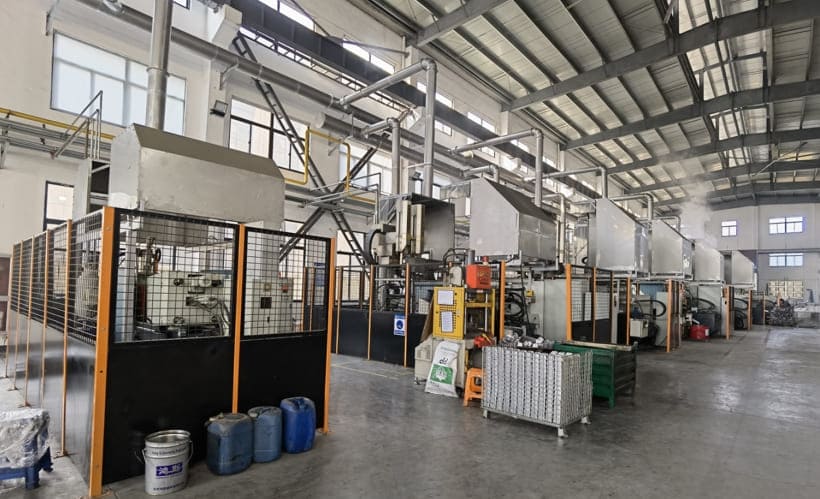
Heat Checking Preventing
To combat this escalating problem, careful processing with balanced casting is essential. Effective strategies to mitigate heat checks include:
| Aspect | Key Points | Benefits |
|---|---|---|
| Quenching Rate | Balance quenching speed to manage dimensional stability and part lifespan. | Cost-effective maintenance and durability. |
| Standard Temperatures | Control casting temperatures for different alloys to balance yield strength and ductility. | Reduced heat cracks and material degradation. |
| Hardness Recommendations | Maintain optimal hardness (50 HRC for aluminum, 46 HRC for brass) to prevent cracks and failure. | Improved resistance to thermal fatigue. |
| Cast Tempering | Perform two or three tempering cycles post-cooling to achieve desired properties. | Enhanced structure and hardness consistency. |
| Advanced Processes | Utilize two-step shot-peening and specialized treatments for steel alloys. | Combat heat-checking and extend die life. |
Drop me an email with your ideas, and I’ll get back to you swiftly!


